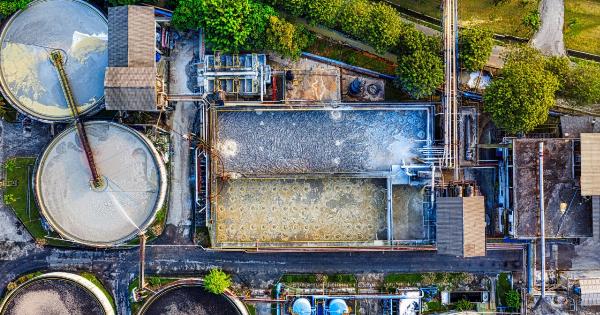Sebum, an oily substance produced by the sebaceous glands, plays a crucial role in lubricating and protecting our skin and hair. However, an excess of sebum can lead to various skin and hair problems, including acne, oily skin, and greasy scalp.
In this article, we will explore the causes of sebum overload and discuss effective treatment options.
What is Sebum?
Before diving into the causes and treatment of sebum overload, it is essential to understand what sebum is and its function in the body.
Sebum is an oily and waxy substance produced by the sebaceous glands, which are present all over our skin, except for on the palms and soles. The primary purpose of sebum is to moisturize and protect the skin and hair follicles.
Sebum is composed of various lipids, such as triglycerides, fatty acids, wax esters, and squalene.
These components form a thin film on the surface of the skin, preventing excessive evaporation of water and maintaining the skin’s hydration levels.
Causes of Sebum Overload
While sebum is vital for maintaining healthy skin and hair, its overproduction can lead to undesirable consequences. Some of the common causes of sebum overload include:.
1. Hormonal Imbalance
Hormonal changes, particularly during puberty, can stimulate the sebaceous glands to produce more sebum. Increased androgen levels often lead to an overactive sebaceous gland, resulting in oily skin and acne breakouts.
2. Genetics
Genetics also play a significant role in sebum production. Individuals with a family history of oily skin or excessive sebum are more likely to experience sebum overload.
3. Environmental Factors
Environmental conditions can influence sebum production. Hot and humid climates, as well as excessive exposure to UV radiation, can stimulate the sebaceous glands to produce more sebum.
4. Poor Skincare Habits
Inadequate cleansing, failure to remove makeup properly, or using harsh skincare products can disrupt the balance of sebum production, leading to its overproduction.
5. Diet
While diet alone may not be the primary cause of sebum overload, certain foods with a high glycemic index, such as sugary and processed foods, can exacerbate sebum production and acne symptoms in some individuals.
6. Stress
Stress can trigger hormonal changes in the body, leading to increased sebum production. This can contribute to the development of acne and other skin problems.
7. Medications
Some medications, such as corticosteroids and certain hormonal treatments, can disrupt the normal sebum production in the body.
Treatment for Sebum Overload
The treatment for sebum overload aims to regulate sebum production, maintain skin health, and prevent associated skin conditions. Here are some effective treatment options:.
1. Cleansing
Regular and gentle cleansing of the skin is essential to control sebum production. Use a mild cleanser suitable for your skin type and avoid harsh soaps or cleansers that strip away the skin’s natural oils.
2. Exfoliation
Exfoliating the skin once or twice a week can help remove dead skin cells, unclog pores, and prevent sebum buildup. Look for exfoliating products with ingredients like salicylic acid or glycolic acid.
3. Moisturization
Contrary to popular belief, moisturizing the skin is crucial, even for individuals with oily skin. Opt for oil-free or non-comedogenic moisturizers that provide hydration without clogging the pores.
4. Balanced Diet
A well-balanced diet rich in fruits, vegetables, and whole grains can promote overall skin health. Avoid foods high in refined sugars and processed ingredients, as they can aggravate sebum production.
5. Topical Treatments
Topical treatments containing ingredients like benzoyl peroxide, retinoids, or tea tree oil can help regulate sebum production and reduce acne symptoms. Consult a dermatologist for personalized recommendations.
6. Stress Management
Engaging in stress-reducing activities like exercise, meditation, or yoga can help regulate hormonal fluctuations and reduce sebum production induced by stress.
7. Medications
In severe cases, a dermatologist may prescribe medications like isotretinoin or oral contraceptives to regulate sebum production and treat acne.
8. Professional Treatments
Professional treatments such as chemical peels, microdermabrasion, or phototherapy can effectively manage sebum overload and associated skin conditions. These treatments should be performed by certified professionals.
9. Hair Care
For individuals with an oily scalp, frequent washing with a gentle shampoo can help control sebum production. Avoid using heavy or oil-based hair products that can contribute to sebum buildup.
10. Avoid Touching or Picking
Touching or picking at acne lesions can worsen inflammation and sebum production. It can also lead to scarring or infection. Keep your hands away from your face and resist the urge to squeeze pimples.






























